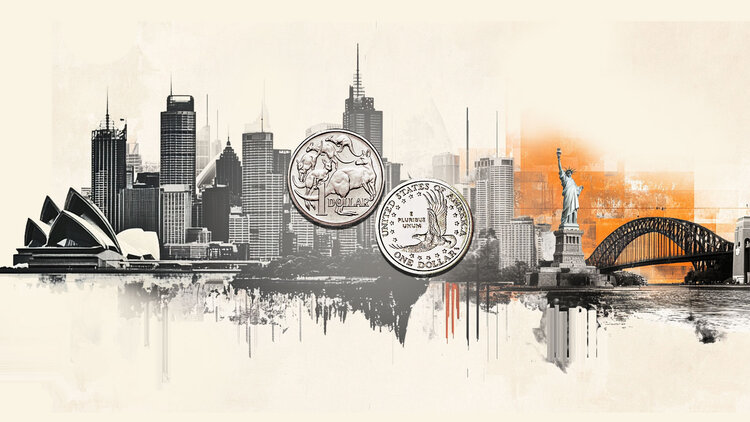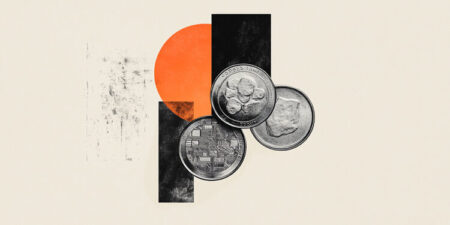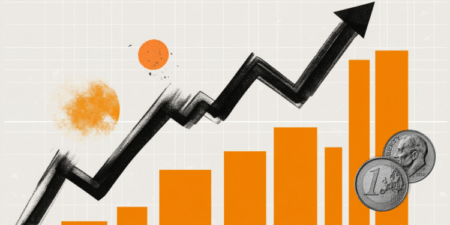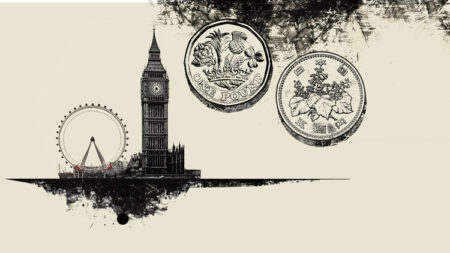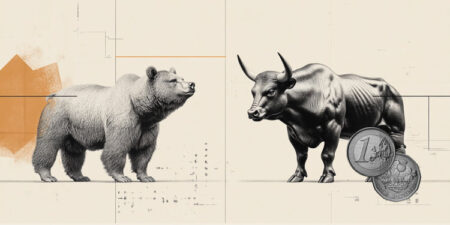AUD/USD advances by 0.40% to trade around 0.6510 on Wednesday at the time of writing. The Australian Dollar (AUD) gains ground after Sarah Hunter, Assistant Governor of the Reserve Bank of Australia (RBA), warned on Wednesday that inflation risks in the economy remain tilted to the upside. Speaking at the Citi Australia & New Zealand Investment Conference in Sydney, she said that “inflation is likely to be stronger than expected in the third quarter, while labor market and economic conditions might be tighter than assumed.”
Her remarks reinforced the idea that the RBA is unlikely to embark on an aggressive rate-cutting cycle in the near term. Investors are now waiting for the release of the third-quarter Consumer Price Index (CPI) report, due later in October, for further guidance on inflation dynamics.
Meanwhile, market attention turns to the September employment data, due on Thursday. Consensus expects a 17,000 increase in employment after a 5,400 drop in August, with the Unemployment Rate edging higher to 4.3% from 4.2%. According to ING, such a move is unlikely to concern the central bank unless a sharper deterioration in job conditions emerges.
On the global front, persistent trade tensions between the United States (US) and China remain a downside factor for the Australian Dollar, given Australia’s heavy reliance on Chinese demand.
The US Dollar (USD) remains under pressure, weakened by firm expectations of monetary easing by the Federal Reserve (Fed). According to the CME FedWatch tool, markets are pricing in a 95.6% chance of two rate cuts totaling 50 basis points before year-end, which would bring the target range down to 3.50%–3.75%.
Recent remarks from Fed Chair Jerome Powell strengthened this view. He emphasized that the deterioration in the labor market is now a bigger concern than inflationary pressures, suggesting that further rate cuts could come as early as the October meeting. In a similar tone, Fed Governor Michelle Bowman said she continues to expect “two more rate cuts before the end of this year.”
This dovish outlook, combined with a recovery in global risk appetite, is weighing on the US Dollar and supporting the Australian Dollar’s rebound. In the short term, the AUD/USD pair’s direction will depend largely on the upcoming Australian employment data and the evolution of trade tensions between Washington and Beijing.
Australian Dollar Price Today
The table below shows the percentage change of Australian Dollar (AUD) against listed major currencies today. Australian Dollar was the strongest against the Canadian Dollar.
| USD | EUR | GBP | JPY | CAD | AUD | NZD | CHF | |
|---|---|---|---|---|---|---|---|---|
| USD | -0.14% | -0.31% | -0.24% | 0.00% | -0.41% | 0.10% | -0.27% | |
| EUR | 0.14% | -0.12% | -0.14% | 0.12% | -0.24% | 0.18% | -0.13% | |
| GBP | 0.31% | 0.12% | 0.00% | 0.28% | -0.11% | 0.30% | 0.04% | |
| JPY | 0.24% | 0.14% | 0.00% | 0.23% | -0.16% | 0.18% | 0.07% | |
| CAD | -0.00% | -0.12% | -0.28% | -0.23% | -0.42% | 0.02% | -0.24% | |
| AUD | 0.41% | 0.24% | 0.11% | 0.16% | 0.42% | 0.41% | 0.15% | |
| NZD | -0.10% | -0.18% | -0.30% | -0.18% | -0.02% | -0.41% | -0.26% | |
| CHF | 0.27% | 0.13% | -0.04% | -0.07% | 0.24% | -0.15% | 0.26% |
The heat map shows percentage changes of major currencies against each other. The base currency is picked from the left column, while the quote currency is picked from the top row. For example, if you pick the Australian Dollar from the left column and move along the horizontal line to the US Dollar, the percentage change displayed in the box will represent AUD (base)/USD (quote).
Read the full article here







